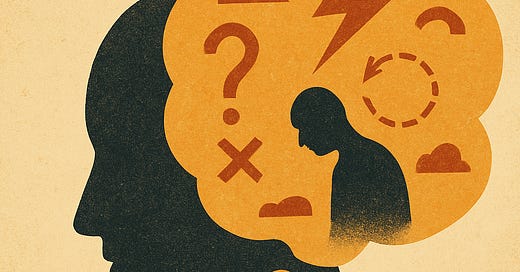You don’t see what’s happening.
You see your interpretation of what’s happening.
Right now, in this moment, someone looks at you a certain way, says something with a particular tone, responds to your message with silence, and instantly, meaning appears.
They’re annoyed. They’re judging me. They don’t care. I must’ve done something wrong.
Pause.
Did any of that actually happen?
Or did those meanings arise from a preinstalled system of belief, memory, and emotional history?
This is what the mind does. It doesn’t experience reality. It filters it. It narrates it. It wraps each moment in old wounds and assumptions and calls the result “truth.”
But it’s not truth. It’s story.
Every reaction, every emotional flare, every spiral into fear or shame or blame, if you trace it back, you’ll find an interpretation at the root.
And that interpretation is based on a conditioned lens, not on life.
On what is believed. On what is feared. On what is thought to be.
And that entire identity, too, is story.
So what’s left if the stories are questioned?
What’s left when the interpretation falls away?
Just this.
The look. The silence. The sensation in the body. The unfolding of life without commentary.
And it’s not a void. It’s not cold or blank or dissociative. It’s clean. Simple. Undistorted. It doesn’t need to be explained, fixed, analyzed or turned into a narrative.
It just is.
There’s no need to fight the stories, but also no need to believe them. Just see them. Name them for what they are. Not truth. Not reality. Just thought.
And when that is seen clearly enough, they begin to lose their power.
That’s where freedom lives, not in fixing the story but in seeing that it was never based on anything true to begin with.




